Home>diy>Architecture & Design>How To Design The Interior Of A House
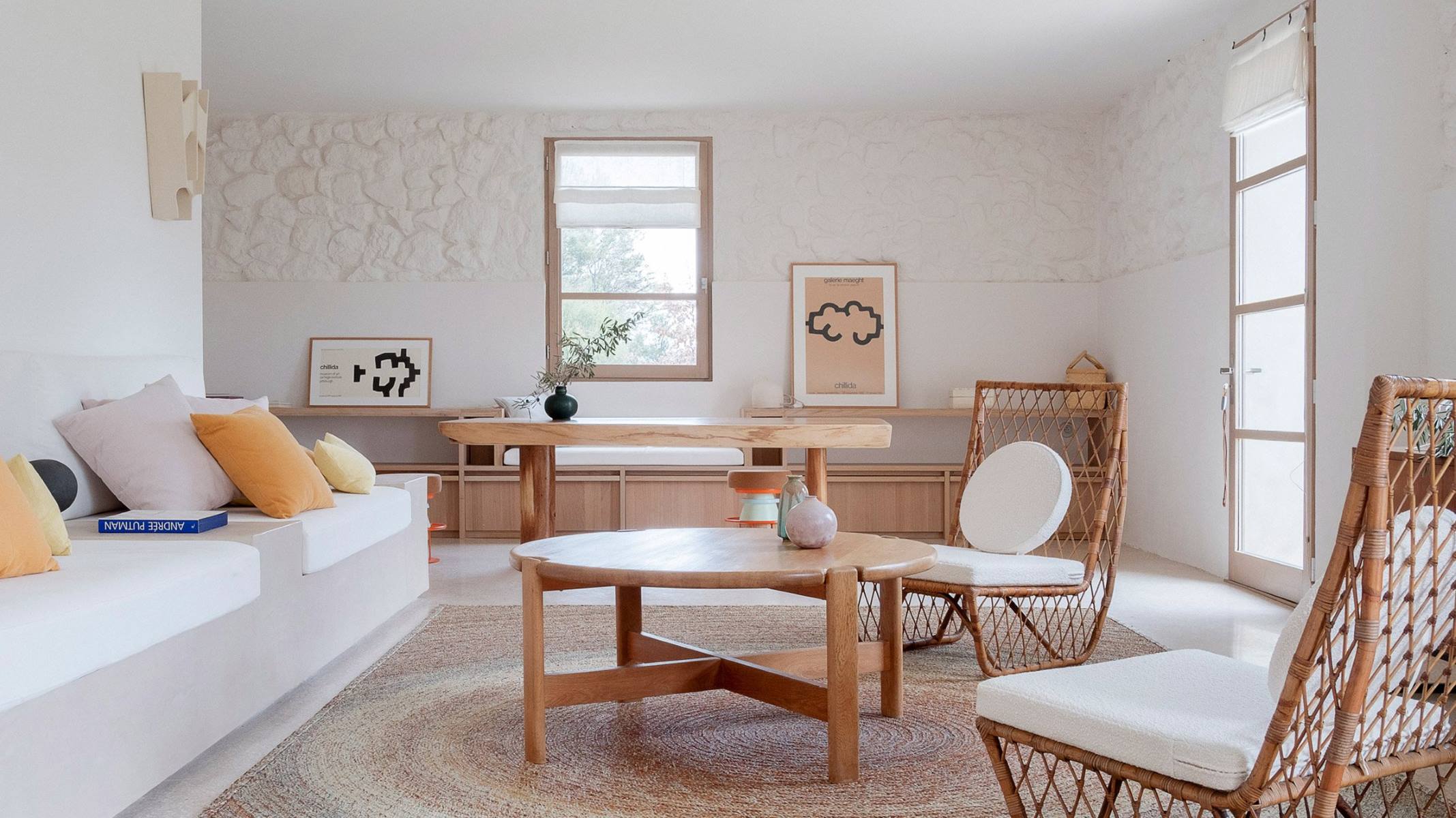

Architecture & Design
How To Design The Interior Of A House
Modified: March 6, 2024
Learn the art of architecture-design in transforming your house's interior with our step-by-step guide. Create a stunning living space that reflects your unique style and taste.
(Many of the links in this article redirect to a specific reviewed product. Your purchase of these products through affiliate links helps to generate commission for Storables.com, at no extra cost. Learn more)
Introduction
Welcome to the world of interior design! Designing the interior of a house is an exciting and creative process that allows you to transform a space into a personalized sanctuary. Whether you’re moving into a new home or looking to refresh your current space, understanding the fundamentals of interior design is essential.
When it comes to designing the interior of a house, there are a multitude of factors to consider. From the layout and functionality to the color scheme and accessories, every decision you make contributes to the overall aesthetic and ambiance of the space.
In this article, we will guide you through the step-by-step process of designing the interior of your house. By following these guidelines, you will be able to create a functional, visually appealing, and harmonious living environment that reflects your unique style and personality.
So, let’s dive in and explore the world of interior design!
Key Takeaways:
- Understanding the space is crucial in interior design. Analyze room size, lighting, and function to make informed decisions and create a visually pleasing and functional interior.
- Incorporating storage solutions and adding decorative elements are essential for creating an organized, visually captivating, and personalized living space. Balance functionality and aesthetic appeal to achieve a harmonious interior design.
Read more: How Long To Interior Design A House
Understanding the Space
Before diving into the design process, it’s crucial to thoroughly understand the space you are working with. Take the time to analyze the room’s size, layout, natural lighting, and architectural features. This understanding will help you make informed decisions later on.
Start by measuring the dimensions of the room and sketching a floor plan. This will give you a clear visualization of the available space and allow you to plan the placement of furniture and other elements. Consider the location of windows, doors, and electrical outlets as well.
Next, assess the room’s natural lighting and how it changes throughout the day. This will influence your choice of window treatments and the overall color scheme of the space. If the room lacks natural light, you may need to incorporate artificial lighting solutions to create a bright and inviting atmosphere.
Pay attention to any standout architectural features such as exposed bricks, beams, or archways. These elements can serve as focal points for your design and influence the overall style of the space. Embracing these features can add character and uniqueness to your interior.
Additionally, consider the function of the room. Is it a living room, bedroom, kitchen, or home office? Understanding the purpose of the space will guide your furniture selection and layout decisions. Ensure that the room meets your specific needs while maintaining a cohesive design aesthetic.
By understanding the space, you can make informed decisions about how to optimize its potential and create a functional and visually pleasing interior.
Establishing a Theme
Once you have a clear understanding of the space, it’s time to establish a theme for your interior design. A theme serves as a guiding principle that brings all the design elements together in a cohesive and harmonious manner.
Start by considering your personal style and preferences. Do you lean towards modern and minimalist designs, or do you prefer a more traditional and rustic aesthetic? Browse through interior design magazines, websites, and social media platforms for inspiration and collect images that resonate with your vision.
Identify key elements in the images you’ve collected that appeal to you. This could be specific colors, textures, patterns, or even a particular piece of furniture or artwork. These elements will help you establish a theme and set the tone for the rest of the design process.
Once you have narrowed down your ideas, decide on a central theme that reflects your style and preferences. Whether it’s a coastal retreat, a glamorous Hollywood-inspired space, or a cozy Scandinavian design, a well-defined theme will provide a framework for your design decisions.
Consider how the theme will translate into the overall color scheme, materials, and textures of the space. If you have chosen a coastal theme, for example, you may opt for a palette of soothing blues and whites, along with natural materials like rattan and linen.
Remember that the theme should flow seamlessly throughout the entire house. However, it’s also important to differentiate each room to create interest and individuality. You can achieve this by incorporating subtle variations of the theme or introducing unique elements that align with the room’s specific function.
By establishing a theme, you create a cohesive and visually appealing interior that reflects your personal style and creates a harmonious atmosphere throughout your home.
Choosing the Right Colors
Color is a powerful tool in interior design as it has the ability to evoke emotions, set moods, and create visual impact. When choosing colors for your interior, it’s essential to consider the overall theme, the size of the space, and the atmosphere you want to create.
Start by selecting a color palette that aligns with your chosen theme. Think about the emotions and feelings you want to evoke in each room. Warm colors like reds, oranges, and yellows can create a cozy and energetic atmosphere, while cool colors like blues and greens can promote calmness and tranquility.
Consider the size of the space when selecting colors. Light colors, such as whites and pastels, can make small rooms appear larger and brighter. On the other hand, darker colors can add depth and sophistication to larger spaces. However, be mindful not to overwhelm the room with dark colors, as it can make the space feel smaller and gloomy.
Don’t be afraid to incorporate pops of bold and vibrant colors through accessories, accent walls, or artwork. These can add visual interest and create focal points within the room. Use color to highlight architectural features or to draw attention to specific areas you want to showcase.
Remember to also consider the flow and continuity between rooms. Select colors that harmonize with each other to create a cohesive and pleasant transition as you move from room to room. This doesn’t mean that all the colors have to be the same, but they should complement each other and create a sense of unity throughout the house.
Take into account the natural lighting and how it impacts the color scheme. Natural light can enhance or alter the appearance of colors, so it’s essential to test the colors in different lighting conditions before making a final decision. Consider how artificial lighting will affect the colors as well, as warm or cool light bulbs can influence the overall color perception.
Choosing the right colors is a crucial step in interior design as it sets the foundation for the overall ambiance and visual appeal of your space. By carefully selecting colors that align with your theme and create the desired atmosphere, you can transform your house into a home that reflects your personal style and brings joy to your everyday life.
Selecting Furniture and Accessories
Once you have established the theme and color scheme for your interior design, it’s time to select the right furniture and accessories to bring your vision to life. The furniture and accessories you choose should not only be aesthetically pleasing but also functional and in line with your personal needs and lifestyle.
Start by assessing the scale and proportion of the space. Measure the dimensions of the room and create a floor plan to determine the appropriate size of furniture that will fit comfortably without overwhelming the space. Consider the flow and arrangement of the furniture to create a functional and visually appealing layout.
When choosing furniture, also consider the style and material that best aligns with your theme. For a modern and minimalist design, choose sleek and clean-lined furniture in materials like metal, glass, or leather. If you prefer a more rustic or traditional look, opt for furniture with natural wood finishes and softer lines.
Consider the comfort and functionality of the furniture as well. If you spend a lot of time sitting, invest in comfortable seating options with proper support. If you entertain frequently, consider furniture that is versatile and can accommodate guests.
Accessories play a significant role in adding personality and character to your space. Choose accessories that enhance the theme and color scheme of the room. These can include throw pillows, rugs, curtains, artwork, and decorative items such as vases or sculptures.
When selecting accessories, consider the scale and proportion to ensure they complement the furniture and the overall space. Avoid overcrowding the room with too many accessories, as it can make the space feel cluttered and overwhelming. Instead, choose a few statement pieces that create impact and add visual interest.
Don’t forget about the importance of storage in your space. As you select furniture and accessories, consider options that provide adequate storage solutions to keep your space organized and clutter-free. Look for furniture with built-in storage compartments or consider adding shelving units or storage baskets.
Remember that your choices in furniture and accessories should reflect your personal style and enhance the overall aesthetic of your interior design. Take your time to select pieces that not only look good but also serve a purpose in your everyday life.
By carefully selecting furniture and accessories, you can create a functional and visually captivating space that is a true reflection of your style and personality.
Read more: How To Design My House Interior
Creating Functional Layouts
A well-designed interior is not only visually appealing but also functional and efficient. Creating functional layouts involves carefully planning the arrangement of furniture and other elements to maximize space, promote ease of movement, and optimize the functionality of each room.
Start by considering the primary function of the room. Determine the main activities that will take place in each space and how you want to use the room. For example, in a living room, you may want to include comfortable seating areas for conversation and entertainment, while in a kitchen, you’ll want to prioritize efficient workflows and storage.
Consider the traffic flow within each room. Plan clear pathways that allow for easy movement and avoid obstacles. Arrange furniture in a way that promotes conversation and interaction, while also leaving enough space for people to walk around comfortably. Ensure that there is ample space between furniture and walls for a balanced and open feel.
Take into account the focal points in each room. Whether it’s a fireplace, a TV, or a stunning view through a window, arrange the furniture to highlight these focal points. Consider the placement of sofas, chairs, and tables to create a cohesive and inviting seating arrangement.
Think about the placement of functional elements, such as electrical outlets, lighting fixtures, and storage solutions. Ensure that these elements are easily accessible and conveniently located in the room. For example, in a home office, position the desk near outlets for easy access to power sources.
Consider the scale and proportion of the furniture within the layout. Balance larger pieces with smaller ones to create a visually pleasing arrangement. Place larger furniture against walls to open up the center of the room and create a more spacious feel.
Experiment with different layout options to find the one that best suits your needs and maximizes the functionality of the space. You can create mock layouts by using tape on the floor or online design tools that allow you to visualize different furniture arrangements.
Don’t be afraid to think outside the box and get creative with your layouts. Consider unconventional furniture placement or multifunctional furniture pieces that can serve multiple purposes. This can add a unique touch to your interior design while maximizing space and functionality.
Creating functional layouts requires careful planning and consideration. By organizing the elements in each room in a way that promotes flow and usability, you can create a space that not only looks great but also serves your everyday needs.
When designing the interior of a house, consider the function of each room and choose a cohesive color scheme and style to create a harmonious flow throughout the space.
Lighting and Ambiance
Lighting plays a crucial role in setting the ambiance and mood of a space. It enhances the overall design, highlights architectural features, and creates a warm and inviting atmosphere. When designing the interior of your house, it’s important to carefully consider the lighting options available to you.
Start by evaluating the natural light sources in the room. Position furniture and other elements to take advantage of the natural light, maximizing its impact on the overall ambiance. Consider using sheer curtains or blinds to allow the natural light to filter through while maintaining privacy.
In addition to natural light, incorporate various types of artificial lighting to create a layered and versatile lighting scheme. There are three main types of lighting: ambient, task, and accent lighting. Combining these types of lighting not only provides functionality but also adds depth and visual interest to your space.
Ambient lighting provides overall illumination and sets the general mood of the room. This can be achieved through ceiling-mounted fixtures, chandeliers, or recessed lighting. Consider the size and height of the room when selecting ambient lighting fixtures to ensure they provide adequate light distribution.
Task lighting is focused lighting that illuminates specific areas for specific tasks. This can include desk lamps, reading lights, or under-cabinet lighting in the kitchen. Consider the activities that will take place in each room and incorporate task lighting accordingly to provide ample light for those activities.
Accent lighting is used to highlight specific features or objects, such as artwork, architectural details, or focal points in the room. This can be achieved through the use of spotlights, track lighting, or wall sconces. Accent lighting adds a layer of visual interest and creates a cozy and inviting ambiance.
Consider the color temperature of the lighting bulbs you choose. Warmer color temperatures, such as soft white or warm white, can create a cozy and intimate atmosphere, while cooler color temperatures, like daylight or cool white, can promote a more energetic and vibrant ambiance. Experiment with different bulb types and colors to find the right balance for each room.
Additionally, incorporate dimmer switches or smart lighting controls to adjust the intensity of the lights according to the desired mood. This allows you to create different atmospheres for different occasions and gives you control over the overall ambiance of the space.
By carefully selecting and layering different types of lighting, you can create a warm and inviting atmosphere that enhances the overall interior design. Lighting has the power to transform the mood of a room and should be considered an integral part of your design process.
Incorporating Storage Solutions
One of the key factors in creating a well-designed and organized interior is incorporating effective storage solutions. Clutter can quickly diminish the aesthetic appeal of a space, so it’s important to find smart and stylish ways to keep your belongings organized and out of sight.
Start by assessing the storage needs of each room. Consider the items you need to store and the accessibility required for each. Identify areas where you can add storage solutions, such as closets, cabinets, or shelves.
In the living room, consider incorporating multifunctional furniture pieces that provide hidden storage. Coffee tables or ottomans with built-in storage compartments can hold blankets, magazines, or remote controls. Wall-mounted shelves or bookcases can also serve as both storage and display areas for books, decor items, or personal collections.
In the kitchen, make use of vertical storage solutions to maximize space. Install wall-mounted shelves or hooks for hanging pots, pans, and utensils. Utilize drawer dividers or organizers to keep small items like cutlery, spices, or baking tools neatly separated.
In the bedroom, invest in furniture pieces with built-in storage compartments, such as bed frames with drawers or bedside tables with shelves. Use under-bed storage containers or vacuum-sealed bags to store out-of-season clothing or bedding. Consider using closet organizers and space-saving hangers to maximize the storage capacity of your closet.
In the home office, prioritize functional storage solutions to keep your workspace organized. Install floating shelves or wall-mounted storage units to keep supplies within easy reach. Use desk organizers or drawer organizers to keep office supplies neatly arranged.
Don’t neglect the bathroom, where storage is essential for keeping toiletries and towels organized. Install shelves or cabinets above the toilet or vanity to store towels, toiletries, and cleaning supplies. Utilize baskets or bins to keep smaller items, like cosmetics or toiletries, neatly contained.
When incorporating storage solutions, consider not only the practicality but also the aesthetic appeal. Choose storage pieces that blend seamlessly with your overall design and complement the style of the room. Explore options with different materials, textures, and finishes to add visual interest while keeping your belongings organized.
By incorporating effective storage solutions, you can create a clutter-free and functional interior that maximizes space and enhances the overall design. Having designated places for your belongings allows for a sense of order and organization, contributing to a more peaceful and enjoyable living environment.
Adding Decorative Elements
Decorative elements are the finishing touches that bring personality and character to your interior design. These elements add visual interest, create focal points, and showcase your personal style. When adding decorative elements, it’s important to strike a balance between incorporating statement pieces and keeping the overall design cohesive.
Start by considering the overall theme and color scheme of your interior design. Choose decorative elements that complement and enhance the existing style. This can include artwork, decorative objects, textiles, or plants.
Artwork is a powerful decorative element that can transform a room. Choose pieces that resonate with your personal taste and evoke emotions. Whether it’s a bold abstract painting, a serene landscape, or a gallery wall displaying a collection of your favorite photographs, artwork can become a focal point and conversation starter.
Decorative objects such as sculptures, vases, or figurines can add visual interest and personality to a room. Place them strategically on shelves, coffee tables, or mantels to enhance the aesthetic appeal. Mix different textures, shapes, and sizes to create an eclectic and dynamic display.
Textiles are another way to add decorative elements to your space. Incorporate throw pillows, blankets, or curtains that align with your color scheme and theme. These soft and tactile materials can create a cozy and inviting atmosphere while adding a touch of luxury and comfort.
Plants and flowers bring life and freshness to any interior. Choose indoor plants that thrive in the available light conditions of your space. From large statement plants to small potted plants or hanging baskets, greenery can add a natural and vibrant touch to your design. Additionally, fresh flowers in decorative vases can instantly brighten up a room.
Consider the use of mirrors to add both decorative and functional elements to your space. Mirrors can create an illusion of space, reflect light, and become an eye-catching focal point. Place mirrors strategically to enhance the natural light or create interesting visual effects.
When adding decorative elements, be mindful of the principle of “less is more.” It’s important not to overcrowd the space, as it can make the room feel cluttered and overwhelming. Select a few key pieces that have personal meaning or showcase your favorite memories.
Remember that decorative elements should reflect your personal style and preferences. Choose items that bring you joy and create a sense of comfort and inspiration in your home. Experiment with different arrangements and compositions until you achieve the desired look and feel.
By incorporating decorative elements, you can transform a space from ordinary to extraordinary, infusing it with your unique style and creating a visually captivating interior.
Read more: What Is In-House Interior Design
Finalizing the Design
As you near the completion of your interior design project, it’s time to bring all the elements together and make final touches that will truly showcase your vision. Finalizing the design involves reviewing every aspect of your space and ensuring that it reflects your desired aesthetic and functionality.
Start by conducting a comprehensive walkthrough of each room. Pay close attention to the arrangement of furniture, the placement of decorative elements, and the overall flow of the space. Make any necessary adjustments to create a harmonious and visually pleasing layout.
Take a critical look at the colors in your space. Consider whether the hues are consistent with your theme and if they evoke the desired emotions. Make any color refinements if necessary, whether through repainting, adding accent colors, or adjusting the lighting to create the right ambiance.
Assess the functionality and accessibility of each room. Ensure that furniture is arranged in a way that promotes ease of movement and convenience. Check that storage solutions are organized and practical, and that all necessary equipment and tools are easily accessible.
Review the overall balance and proportion of the space. Check that larger furniture pieces are balanced with smaller accessories and that the visual weight is distributed evenly throughout the room. Consider the arrangement of artwork, decorative objects, and plants to create a visually pleasing composition.
Take a moment to evaluate the level of comfort and cohesiveness in your space. Sit in furniture pieces to ensure they are comfortable, and walk around each room to ensure that the flow is natural. If anything feels out of place, make the necessary adjustments to enhance the overall comfort and coherence of your design.
Consider the finishing touches that can elevate the overall design. Pay attention to details such as matching hardware on cabinetry, coordinating light switch covers, and thoughtfully selected window treatments. These small details add a polished and sophisticated look to your interior.
Finally, embrace your personal style and make the space your own. Display cherished memorabilia, family photos, or artwork that reflects your personality and brings joy to your living environment. These personal touches will make your space feel truly unique and inviting.
Remember that finalizing the design is an ongoing process, and your style and preferences may evolve over time. Be open to experimentation and allow your space to grow and adapt with you. Regularly reassess and refine your interior design to ensure that it continues to reflect your changing needs and tastes.
By giving attention to these final details, you will ultimately achieve an interior design that is both aesthetically pleasing and functional, allowing you to fully enjoy and appreciate your beautifully designed space.
Conclusion
Designing the interior of a house is an exciting and creative endeavor that allows you to transform a space into your own personal sanctuary. By following the steps outlined in this article, you can successfully navigate the process of designing an interior that reflects your unique style and meets your functional needs.
Understanding the space, establishing a theme, choosing the right colors, selecting furniture and accessories, creating functional layouts, addressing lighting and ambiance, incorporating storage solutions, adding decorative elements, and finalizing the design are all crucial elements in the interior design process.
Through careful consideration and planning, you can create a harmonious and visually captivating interior that reflects your personality and enhances your everyday life. Remember to strike a balance between functionality and aesthetic appeal, and to incorporate your own personal style and preferences throughout the design process.
Additionally, don’t be afraid to experiment, take risks, and allow your space to evolve over time. Interior design is an ongoing process, and as your tastes and needs change, so too should your space. Regularly reassessing, refining, and adding new elements will keep your interior design fresh and inspiring.
Ultimately, the interior design of your house should be a reflection of yourself – a space that brings you comfort, joy, and inspiration. With careful planning, attention to detail, and a touch of creativity, you can create a home that not only looks beautiful but also feels like a true expression of who you are.
Frequently Asked Questions about How To Design The Interior Of A House
Was this page helpful?
At Storables.com, we guarantee accurate and reliable information. Our content, validated by Expert Board Contributors, is crafted following stringent Editorial Policies. We're committed to providing you with well-researched, expert-backed insights for all your informational needs.
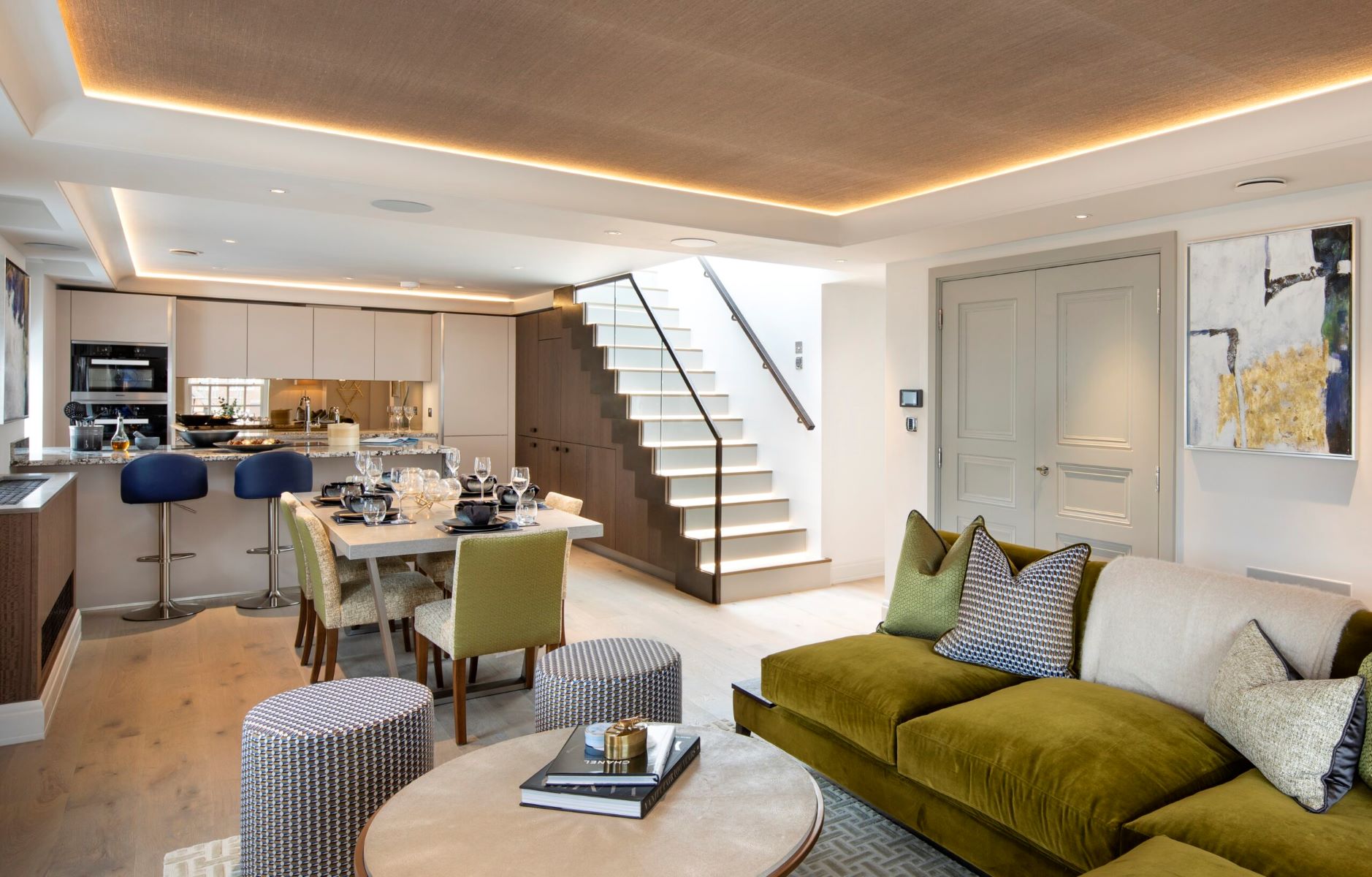
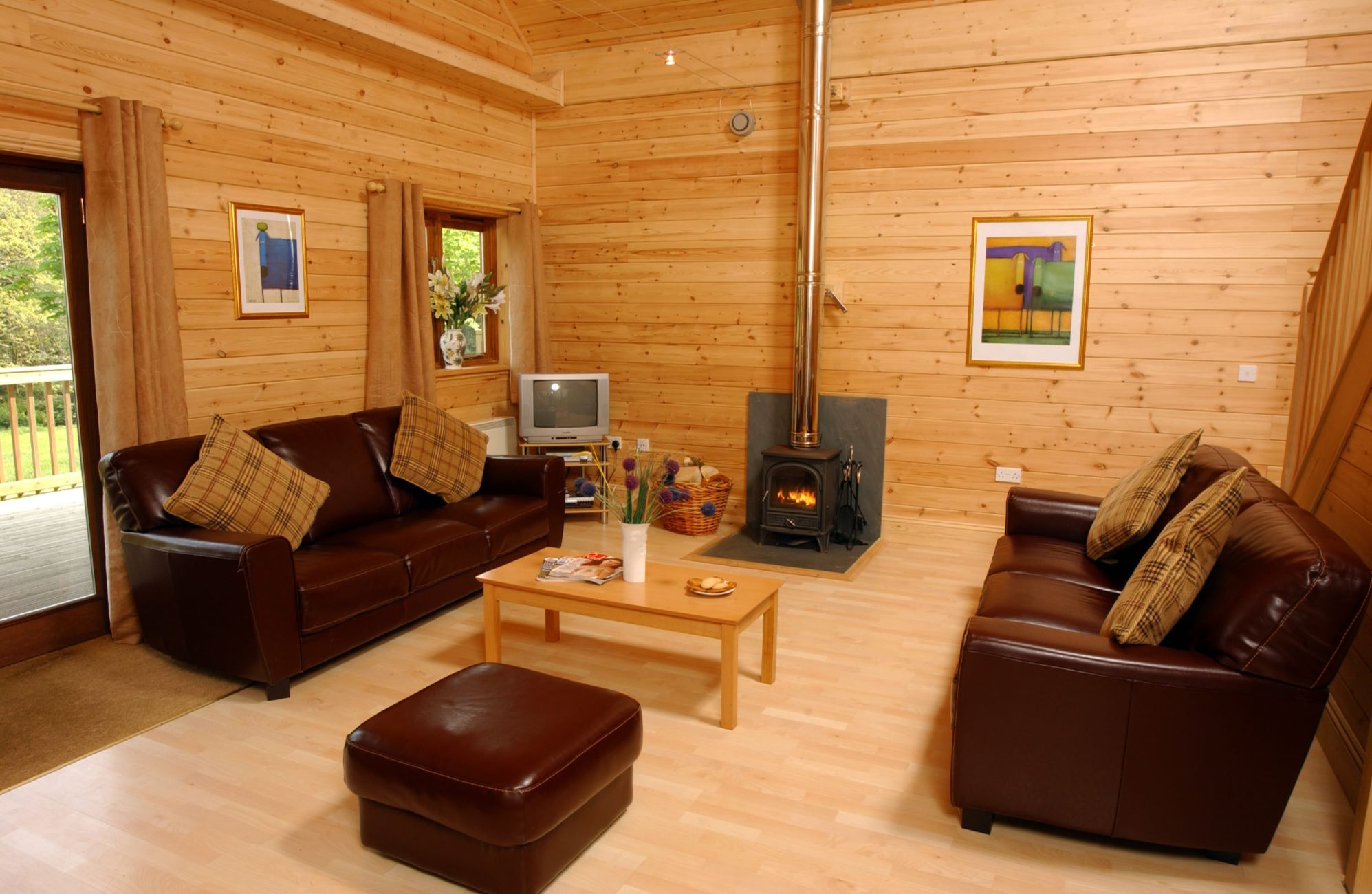
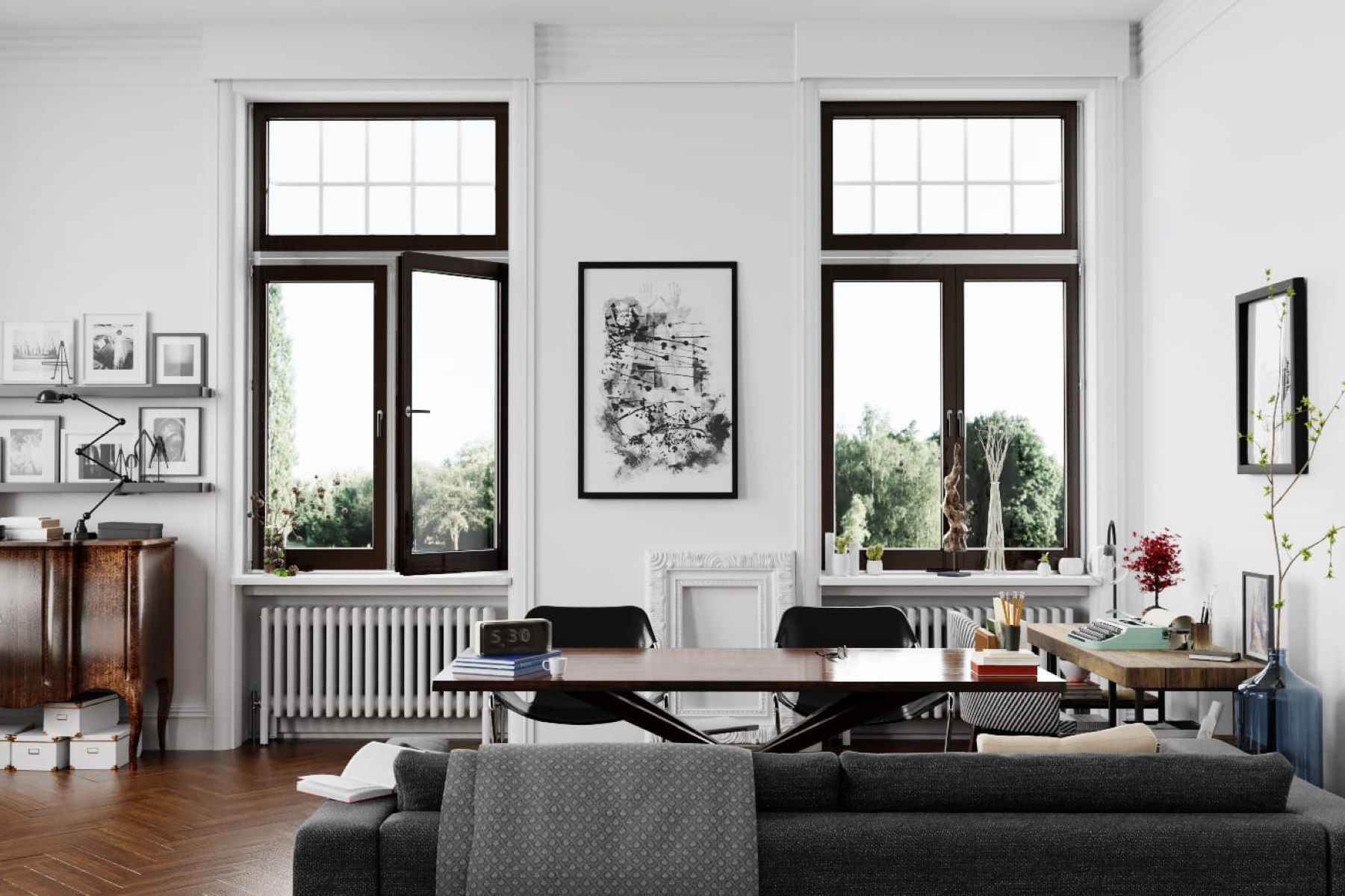
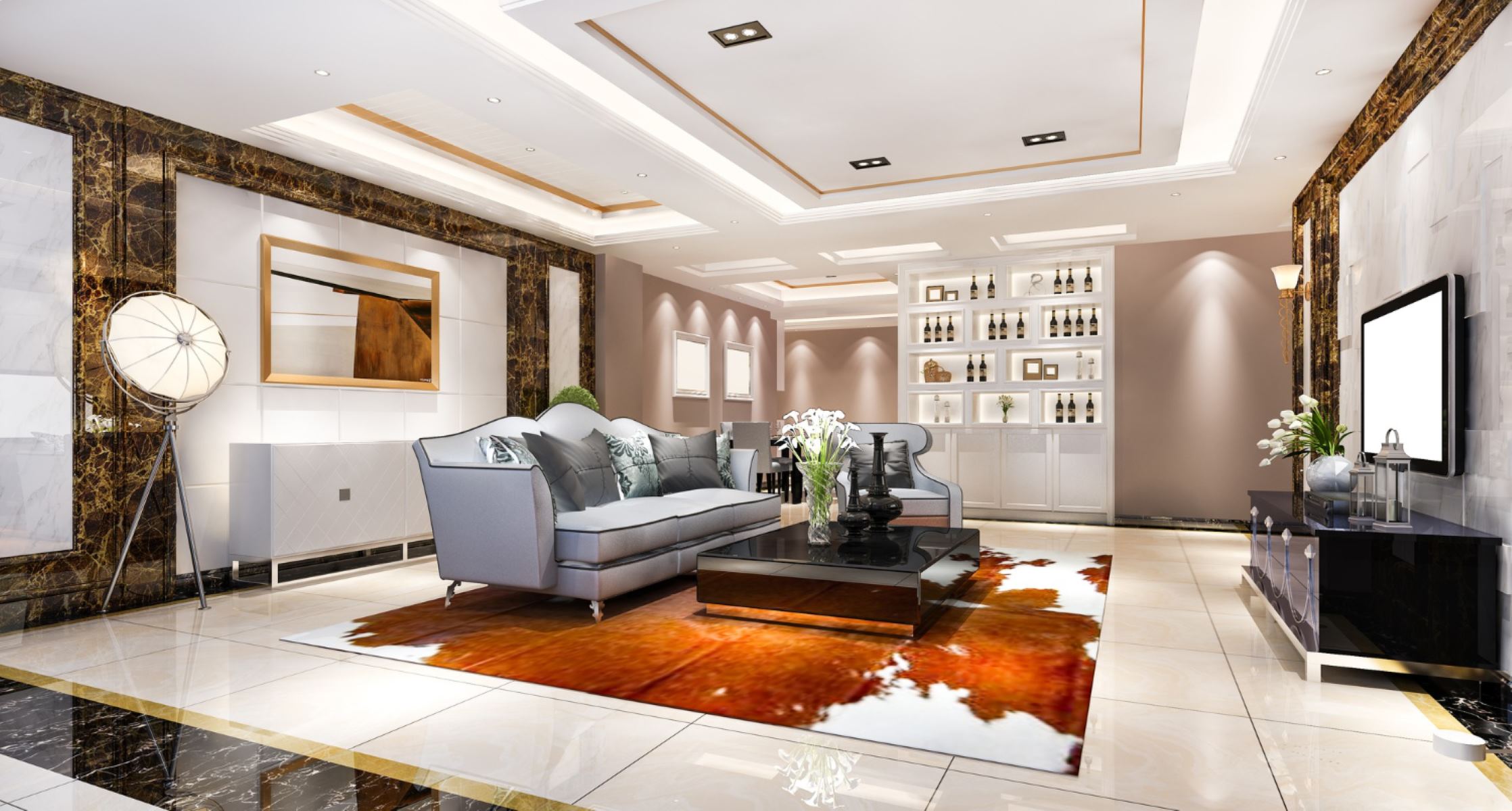
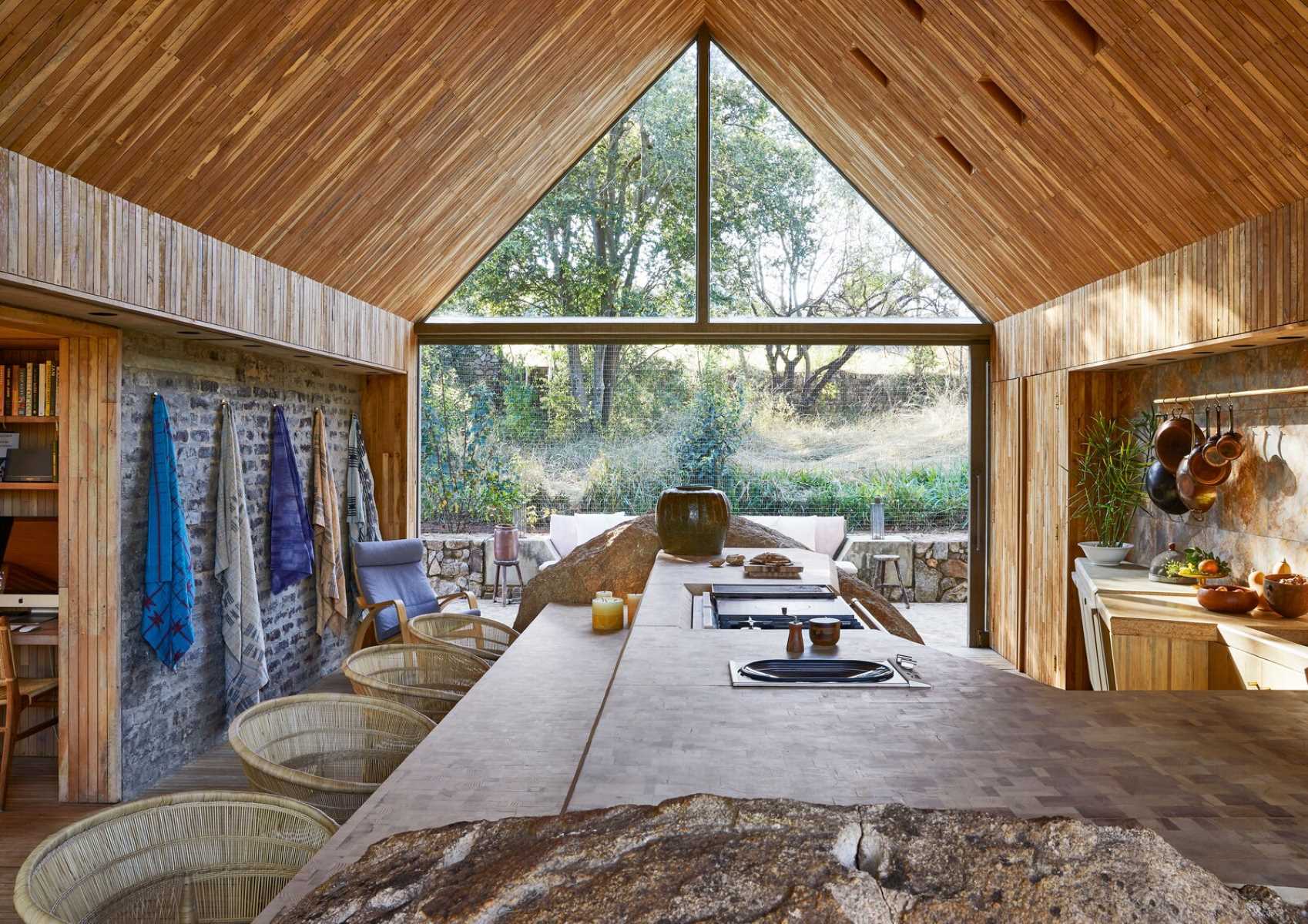
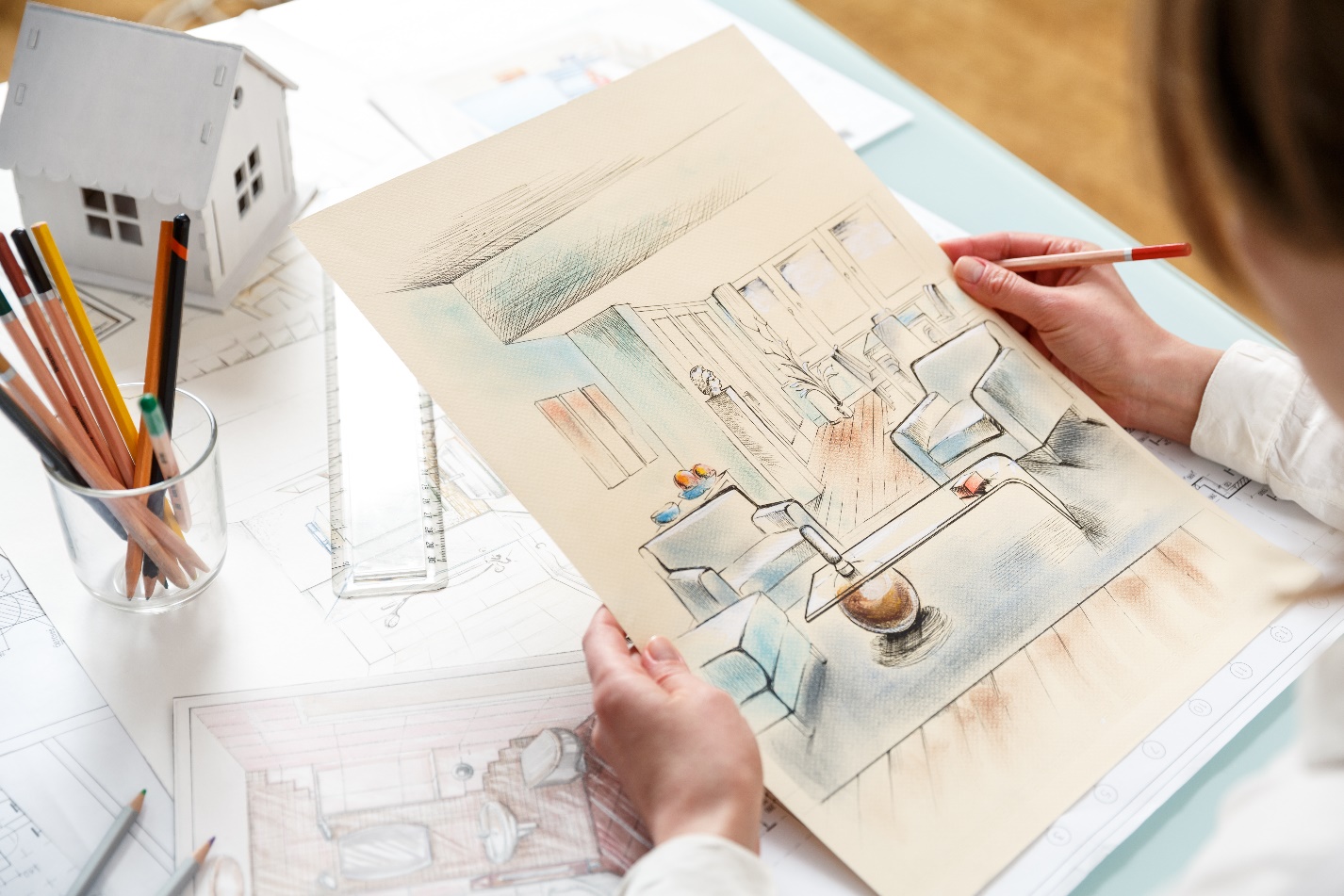
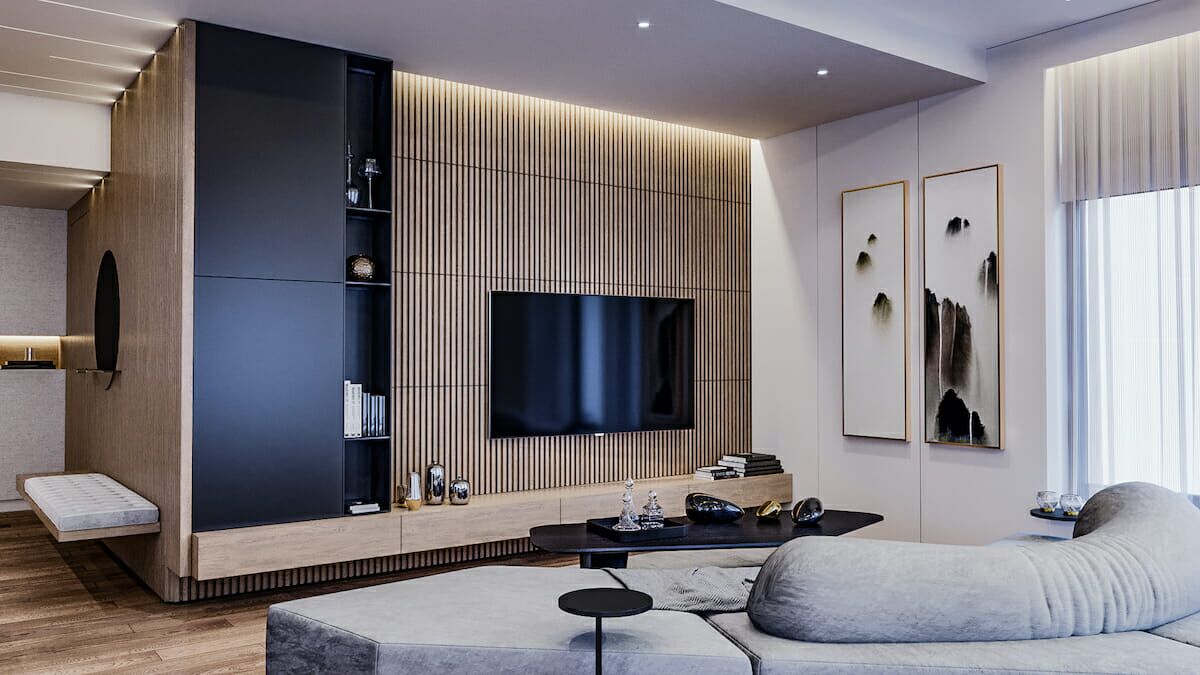
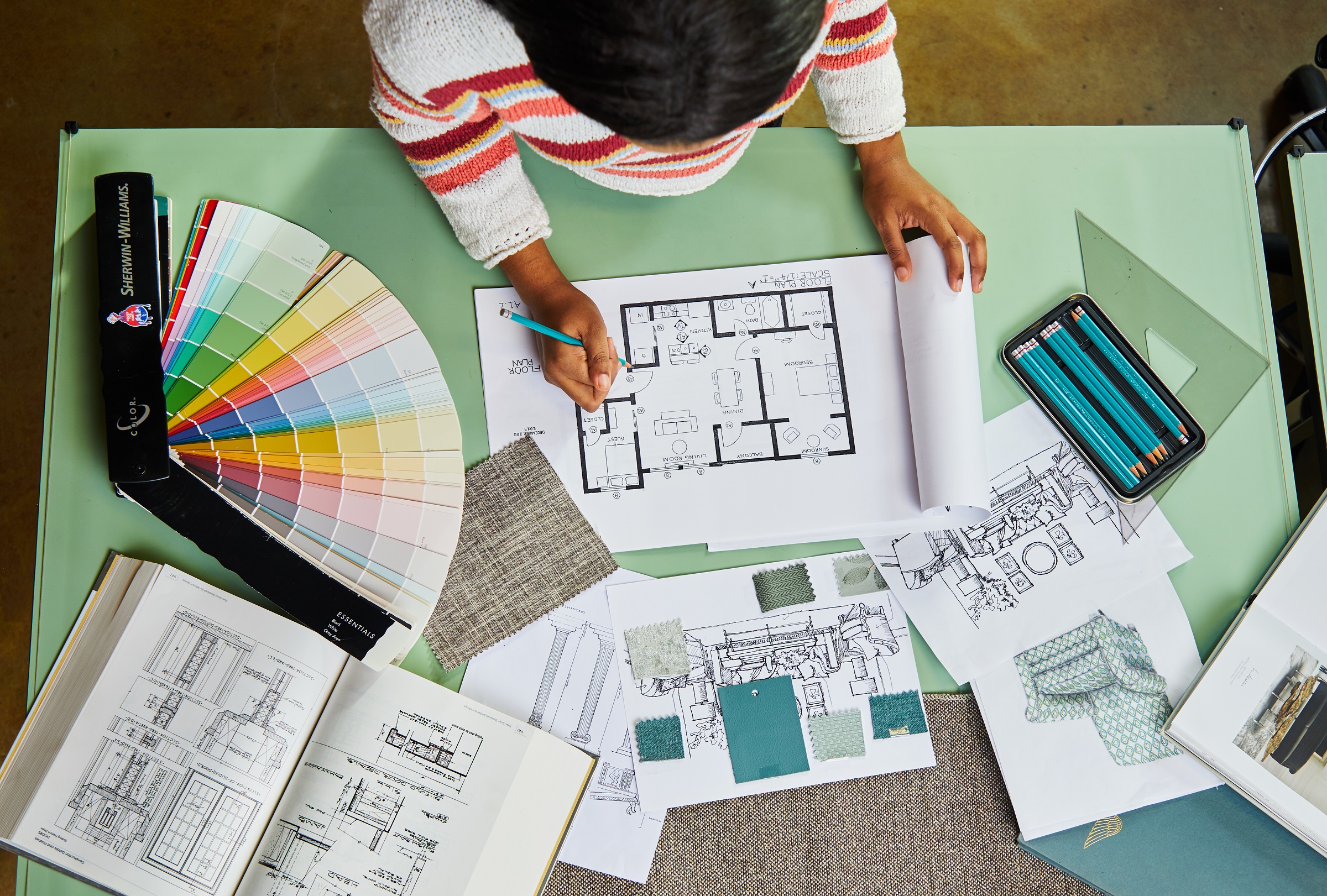
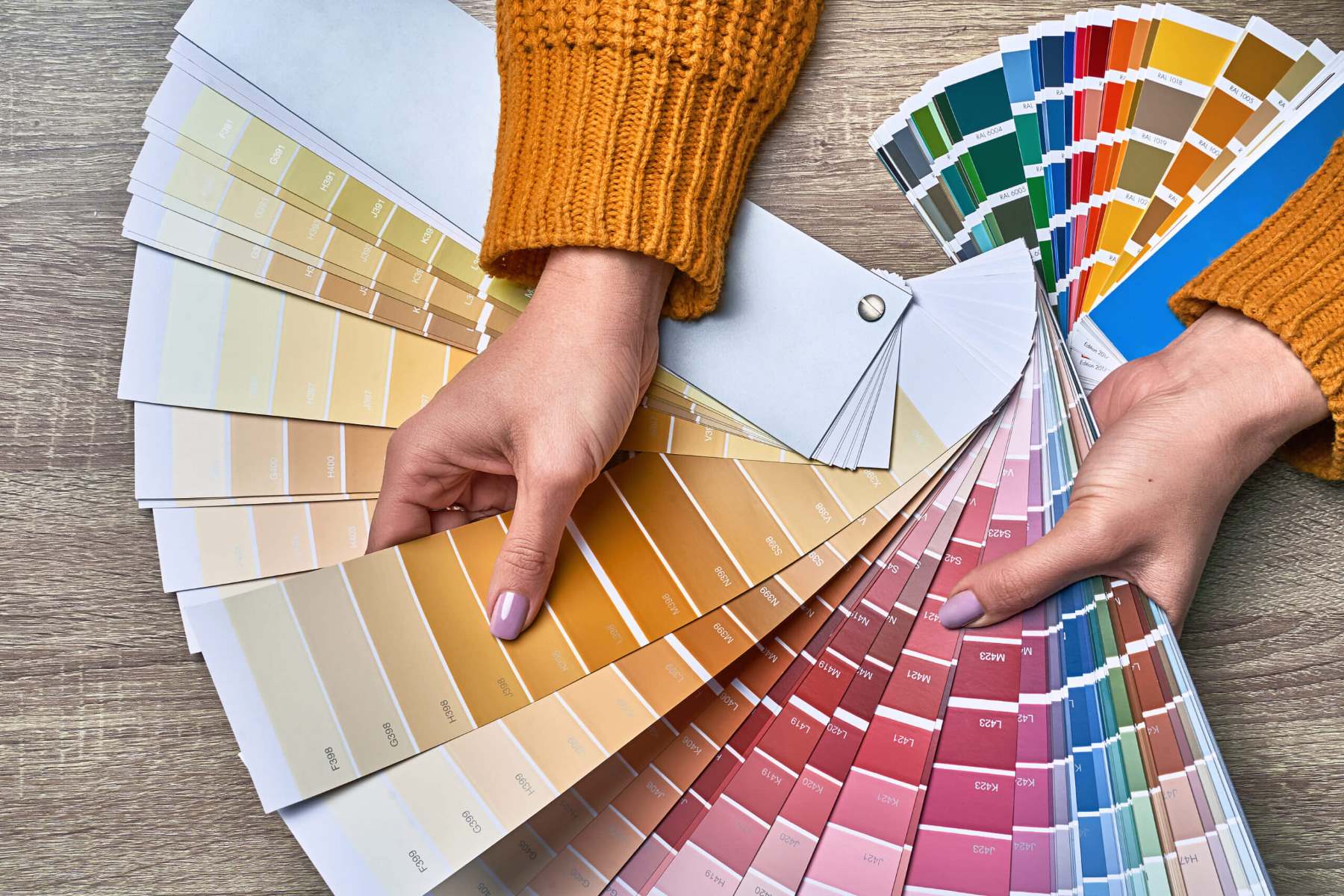
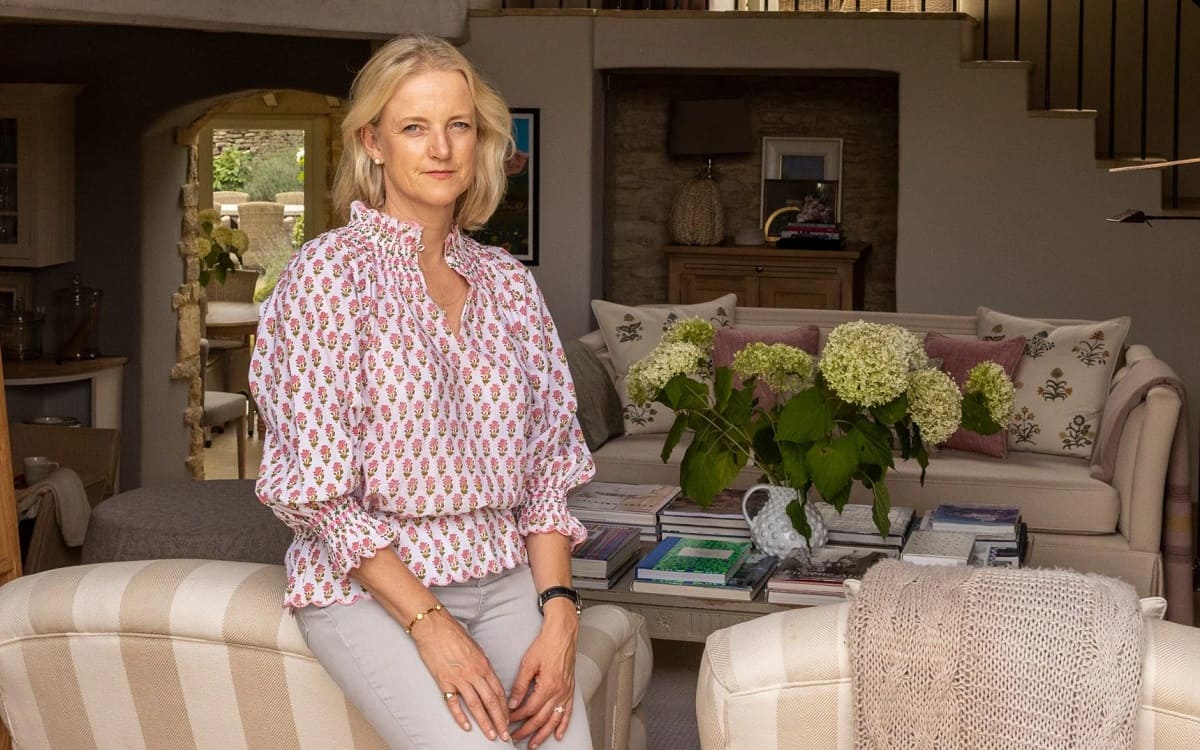
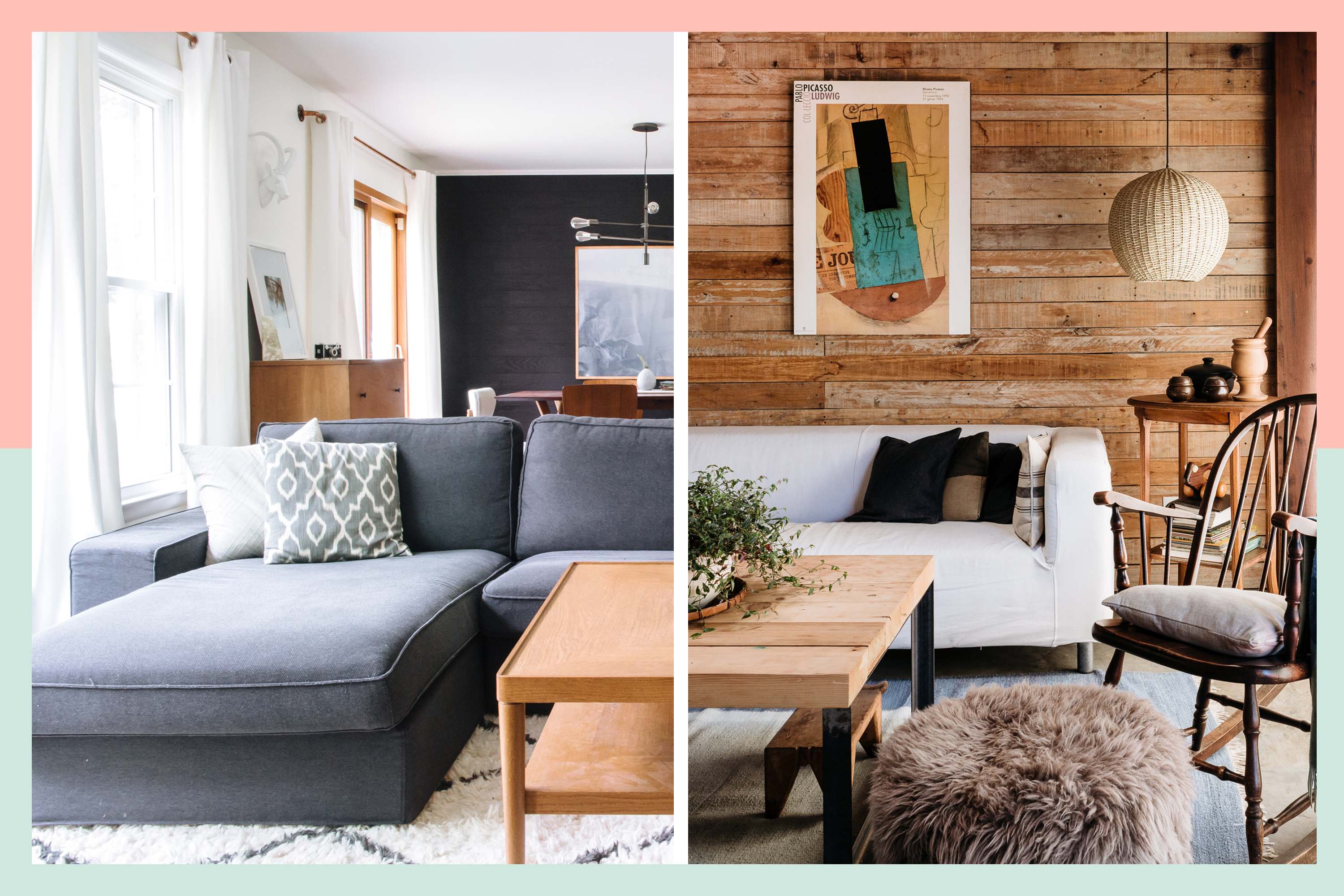



0 thoughts on “How To Design The Interior Of A House”